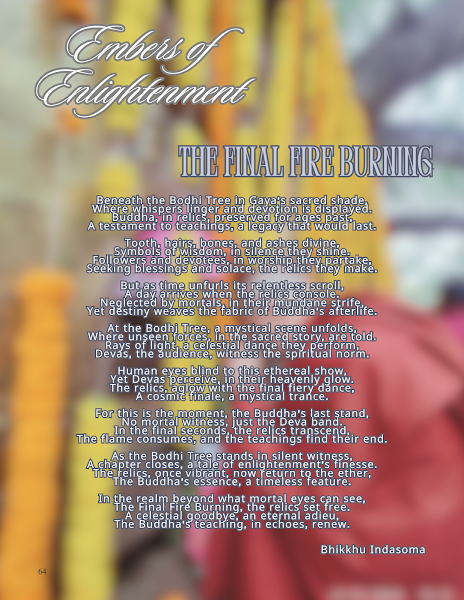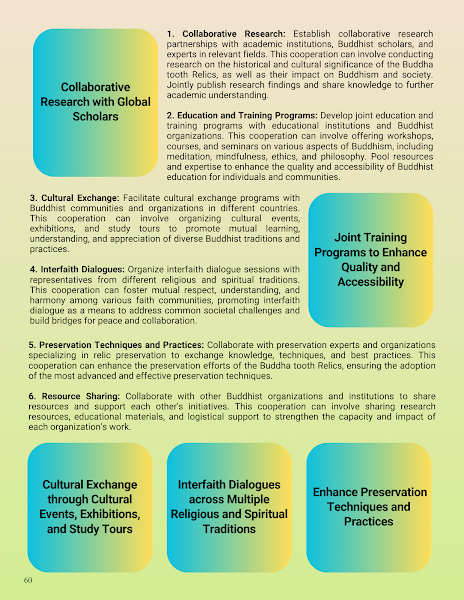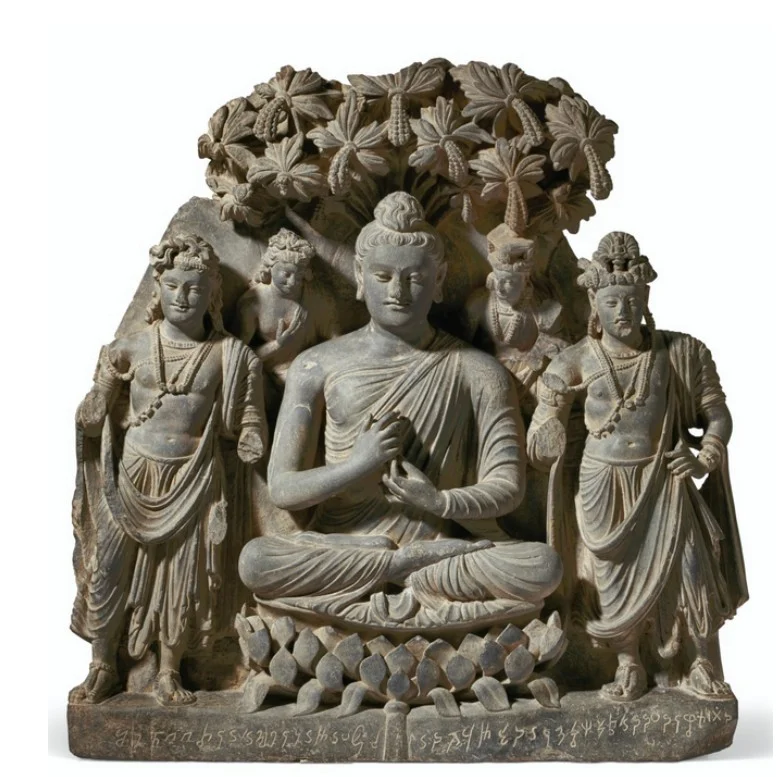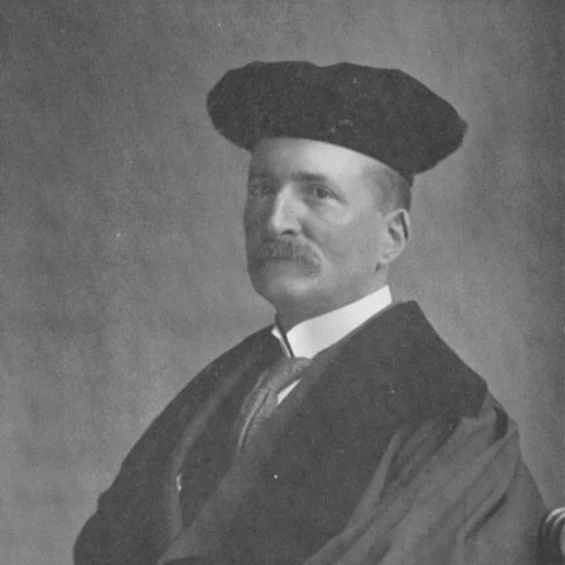 THE FINAL FIRE BURNINGBeneath the Bodhi Tree in Gaya's sacred shade,Where whispers linger and devotion is displayed,Buddha, in relics, preserved for ages past,A testament to teachings, a legacy that would last.
THE FINAL FIRE BURNINGBeneath the Bodhi Tree in Gaya's sacred shade,Where whispers linger and devotion is displayed,Buddha, in relics, preserved for ages past,A testament to teachings, a legacy that would last.Tooth, hairs, bones, and ashes divine,Symbols of wisdom, in silence they shine.Followers and devotees, in worship they partake,Seeking blessings and solace, the relics they make.
But as time unfurls its relentless scroll,A day arrives when the relics console.Neglected by mortals, in their mundane strife,Yet destiny weaves the fabric of Buddha's afterlife.
At the Bodhi Tree, a mystical scene unfolds,Where unseen forces, in the sacred story, are told.Rays of light, a celestial dance they perform,Devas, the audience, witness the spiritual norm.
Human eyes blind to this ethereal show,Yet Devas perceive, in their heavenly glow.The relics, aglow with the final fiery dance,A cosmic finale, a mystical trance.
For this is the moment, the Buddha's last stand,No mortal witness, just the Deva band.In the final seconds, the relics transcend,The flame consumes, and the teachings find their end.
As the Bodhi Tree stands in silent witness,A chapter closes, a tale of enlightenment's finesse.The relics, once vibrant, now return to the ether,The Buddha's essence, a timeless feature.
In the realm beyond what mortal eyes can see,The Final Fire Burning, the relics set free.A celestial goodbye, an eternal adieu,The Buddha's teaching, in echoes, renew.Bhikkhu Indasoma
References
Bodhi, B. (Trans.). (1995). The Mahāparinibbāna Sutta (DN 16). In The Long Discourses of the Buddha: A Translation of the Dīgha Nikāya (pp. 231–277). Boston, MA: Wisdom Publications.
Bodhi, B. (Trans.). (1995). The Four Noble Places of Pilgrimage (Cullavagga X). In The Connected Discourses of the Buddha: A Translation of the Saṃyutta Nikāya (pp. 1675–1680). Boston, MA: Wisdom Publications.
Ñāṇamoli, B., & Bodhi, B. (Trans.). (1995). The Doctrine of Impermanence (Dhammapada, vv. 277–279). In The Path of Purification (pp. 10–11). Seattle, WA: Pariyatti Publishing.
Rhys Davids, T. W., & Oldenberg, H. (Trans.). (1881). The Symbolism of the Relics (Cullavagga X). In Vinaya Texts: The Mahāvagga, Part I and II. Oxford, UK: Clarendon Press.
Thanissaro Bhikkhu. (Trans.). (1997). The Teaching of Striving Diligently (AN 4.180). Retrieved from https://www.accesstoinsight.org.
Walshe, M. (Trans.). (1987). The Rays of Light at Enlightenment (Suttanipāta, vv. 684). In The Long Discourses of the Buddha: A Translation of the Dīgha Nikāya. Boston, MA: Wisdom Publications.




































